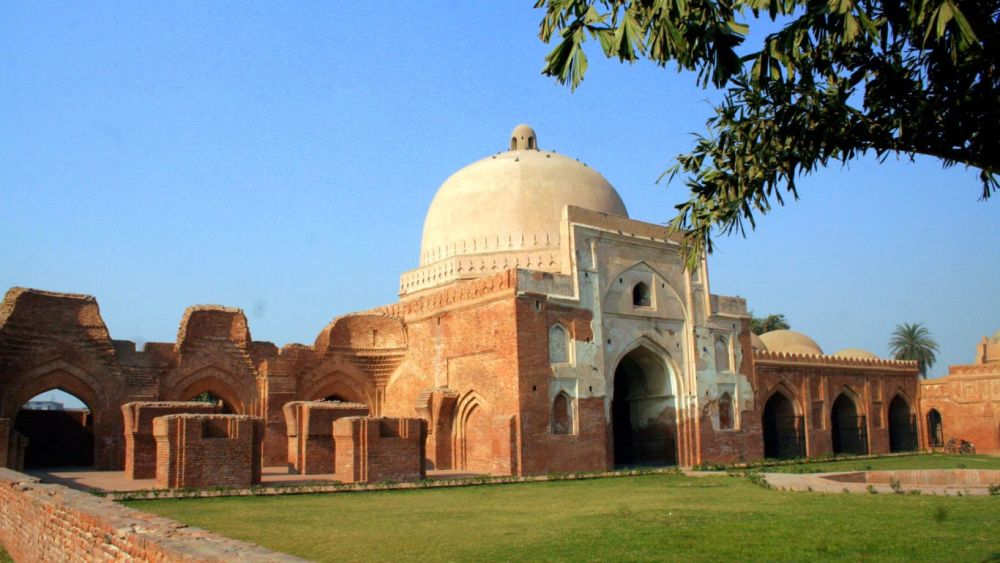

The city of Panipat, located in the northern state of Haryana, India, is soaked in the history of warfare and valor. Known predominantly for the three pivotal battles fought on its soil, Panipat's battlefield is a significant historical site that draws curious visitors, scholars, and history enthusiasts from across the globe. These battles played a crucial role in shaping the history of India.
The First Battle of Panipat (1526) marked the advent of the Mughals in India, as the Mughal emperor Babur defeated the Delhi Sultan, Ibrahim Lodhi. This marked the beginning of a new era in the Indian subcontinent.
The Second Battle of Panipat (1556) saw the Mughal forces, led by Akbar and his regent Bairam Khan, re-establish their dominion over India by defeating Hindu king Hemu.
Finally, The Third Battle of Panipat (1761), fought between the northern Indian empire of the Marathas and the invading Afghan army of Ahmad Shah Abdali, resulted in a heavy loss for the Marathas and prompted a period of unrest and fragmentation in the Indian subcontinent.
Tourism at Panipat Battlefield has evolved over the years, from a site of simple historical curiosity to a well-documented zone for visitors. Initially, the significance of Panipat's battles brought in scholars and historians looking to study the tactics and outcomes of these massive confrontations.
With time, the government and local authorities began to recognize Panipat's potential as a tourist destination. Efforts have been made to maintain and promote the Panipat Battlefield, including the establishment of monuments and memorials to commemorate the lives lost in these historic battles. The site now includes informative plaques, statues, and a museum that exhibits artifacts related to the battles, offering deeper insights into the historical context and significance of these events.
In recent years, the Indian government's focus on heritage tourism has further augmented the spotlight on Panipat. Efforts such as the 'Swadesh Darshan Scheme' aim at promoting theme-based tourist circuits, which benefit historical sites like the Battlefield of Panipat.
The rising trend in the tourism sector of Panipat is the integration of technology and history. The recent advent of virtual reality (VR) tours and augmented reality (AR) experiences allows visitors to immerse themselves in the dramatic re-creations of the battles. This integration provides a new and engaging way to experience the site, which appeals especially to the younger audience.
Additionally, the local government focuses on improving the infrastructure and facilities around the battlefield, such as better accommodation options, guided tours, and enhanced visitor services, to provide a more comprehensive and satisfying experience to tourists.
Panipat Battlefield continues to be an important destination for those interested in India's rich history. It stands as a reminder of the country's turbulent past and a testimony to its ability to keep its history alive through the narratives of those who visit and study it.
Whether you are a history buff, a student, or just a curious traveler looking for an enriching experience, Panipat Battlefield offers a window into a past that continues to shape the present of the Indian subcontinent.